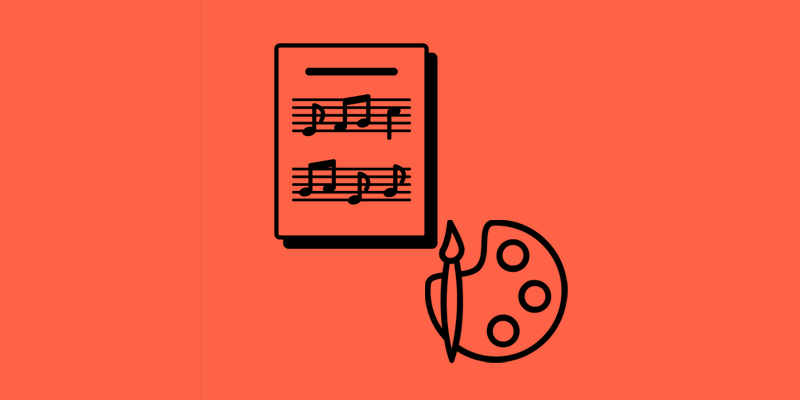Redefining the Boundaries of Human Imagination
Art and creativity have long been regarded as uniquely human endeavors, products of imagination, emotion, and expression. However, the integration of Artificial Intelligence (AI) into the world of art is challenging this notion. In this article, we’ll explore the intersection of AI and creativity, examining how AI is revolutionizing the art world and redefining what it means to be creative.
AI as an Artistic Collaborator
AI’s role in art is not about replacing human artists; it’s about collaboration and augmentation. AI can be a powerful tool for artists, helping them explore new possibilities and push the boundaries of their creativity. Here are some ways this technology is making an impact:
Generative Art
Generative art involves the use of algorithms to create artwork autonomously. Artists can input parameters and let AI generate endless variations of an artwork, providing fresh perspectives and ideas.
Artistic Style Transfer
Algorithms can analyze an artwork’s style and apply it to other images or even videos. This technique allows for the creation of artworks in the style of renowned artists or art movements.
Creative Assistance
AI can assist artists in generating ideas, suggesting color palettes, or providing inspiration based on historical art data.
Art Restoration and Preservation
AI-powered tools can restore damaged artworks, reconstruct missing parts, and preserve cultural heritage for future generations.
AI in Music and Composition
AI’s influence extends beyond visual arts into the realm of music and composition. AI-generated music is gaining recognition for its unique, algorithmically composed pieces. AI can analyze vast datasets of music, identify patterns, and create original compositions that challenge traditional notions of musical creativity.
AI in Literature and Writing
Artificial Intelligence is also making strides in creative writing. From generating poetry and short stories to assisting authors with brainstorming ideas, AI is a valuable resource for writers looking to expand their creative horizons.
The Benefits of AI in Creativity
The integration of AI into the creative process offers several advantages:
Inspiration and Exploration: Exposing artists to new ideas, styles, and techniques they might not have encountered otherwise.
- Efficiency: Automating time-consuming tasks, allowing artists to focus more on the creative aspects of their work
- Collaboration: Serving as a collaborator, helping artists experiment and co-create
- Accessibility: Democratizing creativity by making it more accessible to individuals without formal training
Challenges and Ethical Considerations
While AI’s impact on creativity is profound, it also raises challenges and ethical questions:
- Originality: How do we define originality when AI is involved in the creative process?
- Bias: Algorithms can inherit biases present in training data, potentially perpetuating stereotypes or preferences
- Authorship: Determining authorship and ownership of AI-generated works can be legally and ethically complex
- Human-Computer Divide: As the technology becomes more creative, the line between human and AI-generated art may blur, challenging our understanding of artistic expression
The Future of AI in Creativity
The future of AI in art and creativity holds exciting possibilities:
- Hybrid Creations: Artists may increasingly collaborate with AI systems to create works that merge human and machine creativity
- Creative AI as a Genre: AI-generated art, music, and literature could become recognized as distinct creative genres
- Expanding Accessibility: Tools will become more user-friendly and accessible, allowing more people to engage in creative pursuits
- Ethical Guidelines: The development of ethical guidelines and regulations for AI-generated art will be essential to address concerns surrounding bias, authorship, and originality
Augmenting and Expanding Human Creativity
AI’s role in art and creativity is not about replacing human creativity but augmenting and expanding it. Artists, musicians, writers, and creators across disciplines are harnessing the power of AI to explore new frontiers and redefine the boundaries of human imagination.
As the technology continues to advance, the creative possibilities are limitless. The collaboration between humans and machines promises to shape the future of art and creativity in ways we are only beginning to fathom. The journey of discovery is ongoing, and the fusion of human and AI creativity holds the potential to redefine the very essence of what it means to be creative.
